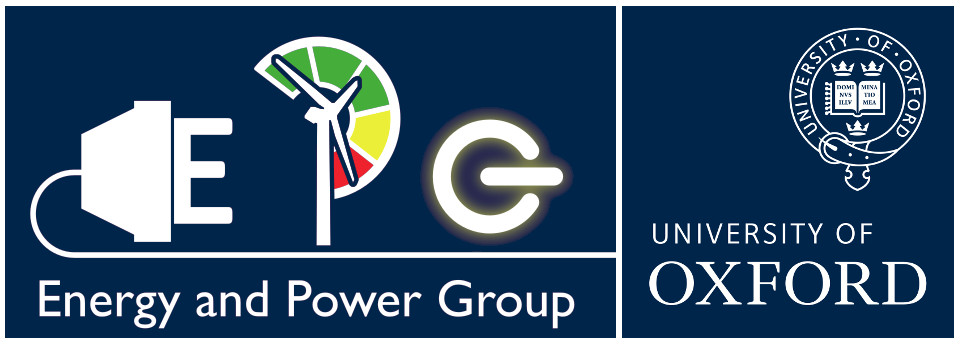Models
Modelling Ukraine’s Energy System
Geo-X
Geo-X is a geospatial optimisation model that identifies the lowest-cost locations for green hydrogen production based on renewable resource availability and calculates the levelised cost of hydrogen including production, storage, transport, and conversion. It optimises the mix of wind, solar, and hydropower generation, battery storage, and hydrogen storage technologies based on spatially specific renewable resource availability. This geospatial approach allows users to map production costs throughout a region and assess the cost-competitiveness of green hydrogen for a given demand location.
Questions it can answer:
- Where are the lowest-cost locations in Ukraine for green hydrogen production based on renewable energy potential?
- What is the levelised cost of hydrogen production including storage, transport, and conversion for domestic use and export?
Related Publications:
Detecco
Link to repository coming soon
Detecco (Deterministic Energy Carrier Co-optimisation) is a geospatial model that interconnects different production and demand locations. The model aims to find the optimal cost to supply the demand, considering both investment and operational costs. Currently, it is oriented towards electricity, hydrogen, and ammonia carriers. Remarkably, the model evaluates optimal transport by considering all possible transmission options (i.e., electricity transmission, and ammonia or hydrogen pipelines) for each of the three carriers. As a result, the model determines the levelised cost of electricity, the levelised cost of hydrogen, and the levelised cost of ammonia.
Questions it can answer:
- What are the optimal investments to supply the demand for electricity and ammonia?
- What are the optimal interconnection alternatives to minimise the costs?
Related Publications:
PyPSA-Eur
Link to repository coming soon
PyPSA-Eur is an open-source, sector-coupled linear optimisation model that represents the entire European energy system at high spatial and temporal resolution, including Ukraine. It models the transmission network in detail and covers multiple energy sectors; electricity, heating, transport, industry, and more. PyPSA-Eur is well-suited for operational studies, generation and transmission expansion planning, and scenario analysis. Its modular structure and Python-based workflow allow users to easily adjust parameters and run diverse scenarios. The model excels in representing cross-border electricity flows, renewable integration, and system reliability within a continental context.
Questions it can answer:
- How will cross-border electricity flows and European grid integration affect Ukraine’s energy system stability and costs?
- What are the optimal pathways for expanding renewable generation, transmission infrastructure, and steel production in Ukraine?
Related Publications:
- Zachmann, G., et al. (2025). Mitigating Ukraine’s looming electricity crisis. Energy Strategy Reviews, 59, 101724.
- Tröndle, T., et al. (2024). Rebuilding Ukraine’s energy supply in a secure, economic, and decarbonised way. Environmental Research: Infrastructure and Sustainability, 4(3), 031002.
OSeMOSYS
Link to repository coming soon
OSeMOSYS is a flexible, open-source techno-economic optimisation framework tailored for national energy system analysis, here covering exclusively Ukraine. It optimises the supply side of the energy system to meet user-defined energy demands in the most cost-effective way, under various policy and scenario constraints. OSeMOSYS covers the entire energy chain from resource extraction and conversion, through transmission and distribution, to end-use technologies. Its accessible user interface and customisable structure make it suitable for exploring technology portfolios, policy impacts, and socioeconomic dimensions in detail.
Questions it can answer:
- What is the most cost-effective mix of supply technologies for Ukraine’s energy transition, given projected energy demands?
- How do different policy instruments (carbon pricing, renewable targets, technology mandates) influence system costs and emissions?
Related Publication:
